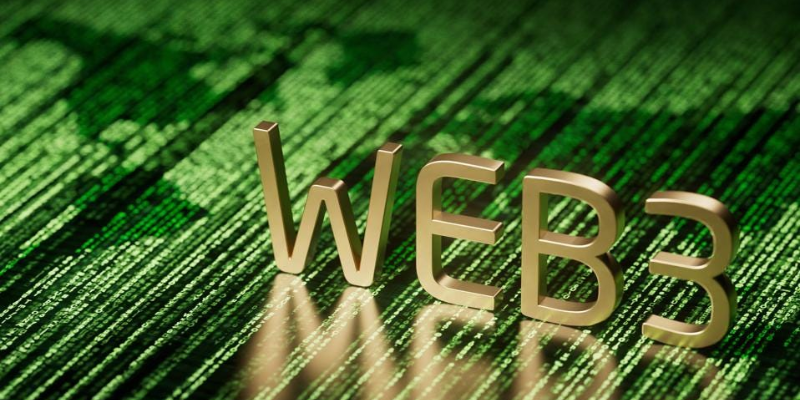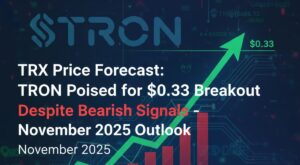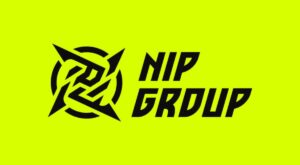Since the creation of the internet, many disruptive technologies have emerged. Thus, it can be reasonably stated that the internet is the primary enabler of most technologies we have today. However, the current internet or “web” is a product of multiple iterations.
Web 1.0 marked the start of widespread internet usage. Afterwards, Web 2.0 emerged as a significant upgrade compared to Web 1.0. Web 2.0 introduced dynamic content and enabled user participation. However, a new iteration of the web is currently in the works. This version, Web 3.0, promises to be a more excellent upgrade from the previous internet iterations. Like the current web iteration, social media platforms will be built on Web 3.0. Many of these social media platforms have started to emerge.
Characteristics of Web3 Social Media Platforms
The concept that underlies Web3 is decentralization. Thus, Web3 social media platforms offer decentralized features contrary to the centralization that underlies Web2 social media giants like YouTube and Facebook. Moreso, Web3 social media platforms are community-governed. This means that most decisions are determined by the community of users.
Issues like content moderation are also handled differently by Web3 social media platforms. For instance, with Web2 social media platforms, content moderation is determined on a centralized basis. This means that the platform solely decides the guidelines and rules for content moderation. The approach is significantly different with Web3 social media platforms.
These platforms subject content moderation to a community vote. Thus, content cannot be arbitrarily taken down without the support of the majority. This style of content moderation reduces censorship.
Top Web3 Social Media Platforms
Diamond App
Diamond App operates on a highly interactive Web3-enabled online community. DiamondApp is an open-source project which is built on DeSo, a blockchain platform that recently raised about $200 million from Coinbase and Andreessen. Diamond provides numerous features which enable creators to post and share content similar to what applies on Web2 platforms. One interesting feature which the Diamond app offers is the tipping system. The app allows users to tip their favourite creators with cryptocurrencies.
Mastodon
Mastodon has been widely regarded as a “Twitter alternative”. The app is a fully decentralized user-friendly micro-blogging platform. Established in 2016 by a non-profit organization, Mastodon lets users take control of their timeline by eliminating unnecessary algorithms and ads. The platform also supports video, audio, and picture posts. It also provides features like animated avatars, custom emojis, and polls.
Minds
Minds is yet another decentralized Web3 social media platform committed to privacy and internet freedom. It hosts video content and enables creators to earn crypto tokens for their posts and contributions to the social network. The platform leverages blockchain technology to improve user experience and reward user engagement.
Steem
Steem is a social blockchain platform that seeks to grow communities and reward users for sharing content. The platform provides a flexible and scalable blockchain-based solution by enabling users to become shareholders on the social network. Steem’s central selling point is that it flips the business model of most Web2 social media platforms. Most creators on Web2 platforms only get a minimal share in the monetary value of their actual engagements. Steem seeks to provide creators with more significant and more profitable returns on their content.
Conclusion
Web3 has managed to users’ attention primarily through its decentralization. As more social media platforms are built on Web3, more users will likely port from Web2 platforms due to the promise of privacy.




























